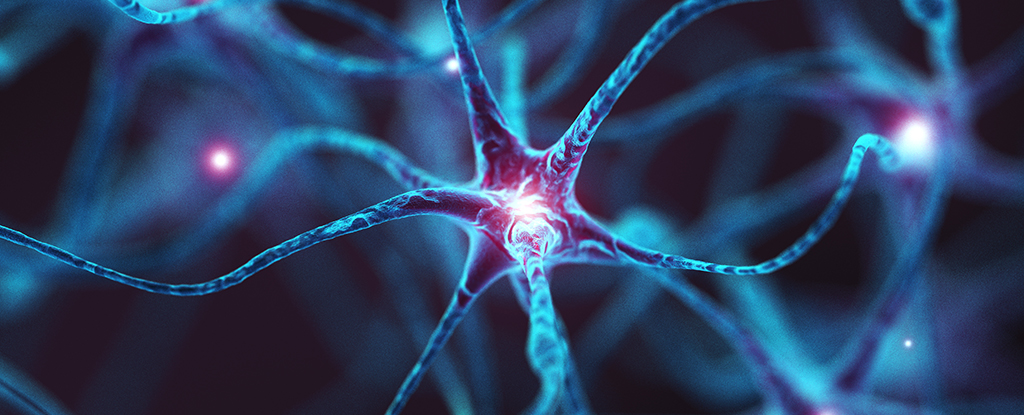There are a lot of connected, moving biological parts in our brains, which makes the study of brain diseases particularly challenging. Now new research has shed light on a key brain process potentially involved in Alzheimer’s disease.
The new research centers on the protein contactin-4 (CNTN4) – thought to play a role in neuronal network formation – and its relationship with the amyloid precursor protein (APP) – a protein responsible for the production of amyloid-beta peptides, which gather in clumps called plaques in the brains of people with Alzheimer’s.
In tests on mice, the international team of researchers behind the new study saw that the interaction of CNTN4 and APP was vital to the process of neural elongation, which neurons depend on to properly grow and connect together.
“It was quite remarkable to discover that CNTN4, a gene linked to developmental processes, also plays a role in modulating factors involved in Alzheimer’s disease,” says neuroscientist Rosemary Bamford, from the University of Exeter in the UK.
It’s previously been established that CNTN4 is linked to autism, which drew the attention of the researchers to begin with. They wanted to look more closely at the protein’s functions in the brain, and possible links to neurodegenerative diseases.
When the gene that produces CNTN4 was knocked out in the motor cortex of brains in mice – the motor cortex being a key center for planning and instigating voluntary movements – the researchers noticed the neurons in that region didn’t develop normally because neural elongation was disrupted. What’s more, CNTN4 appears to be working with APP to control neural elongation.
Further investigation using human cells grown in the lab showed a complex relationship: disabling CNTN4 production lowered levels of APP, but not quite to zero. The thinking is that they might compensate for each other, to some extent.
“This intersection of developmental and neurodegenerative pathways offers exciting new insights into the broader implications of these proteins,” says Bamford.
Every time scientists are able to understand another biological process linked to Alzheimer’s disease, it offers another way that we might eventually be able to treat or prevent it.
It’s a bit like trying to put together a huge puzzle of how Alzheimer’s disease works. The connection between CNTN4 and APP is another piece of that puzzle, even if the larger picture still isn’t quite clear.
In future research, the team behind the study wants to dive deeper into this CNTN4-APP relationship, to see exactly how their molecules interact with each other – and how this might affect both Alzheimer’s and autism.
“Our next steps involve clarifying how the CNTN4-APP interaction impacts neural activity,” says neuroscientist Asami Oguro-Ando, from the University of Exeter.
“Understanding this interaction is crucial as it represents a fundamental step towards a comprehensive grasp of neurodevelopmental and neurodegenerative disorders.”
The research has been published in Royal Society Open Biology.





